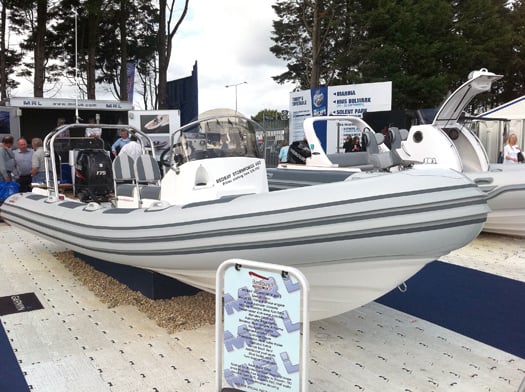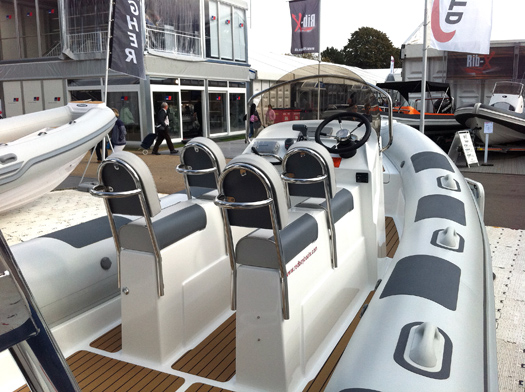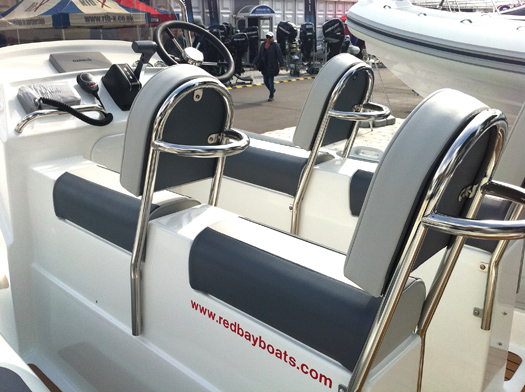Displaying items by tag: 650
Stunning New Look to McLaughlin's Red Bay 650 RIB
There's a new look to Red Bay Boats all new look 6. 5 metre RIB and by all accounts from this week's Southampton Boat Show the Irish built performance RIB is a real head turner. They could've easily be dubbed the Show boat, 'Silver shadow' or then again 'White Lady' with her stunning tubes, stianless steel work, seating and white hull.
The Stormforce 650 is one of the most innovative RIBs produced by Redbay so far. The design came from a need for a standardised RIB of around 6.5 metres that could be built quicker and lighter in the County Antrim factory.
The 650 has one of the best handling hulls in its class, and we've seen her easily out-perform larger rival RIBs in rough weather. Although the basic hull is that of the Stormforce 6.5, the 650 features a redesigned bow and sheer line.
Master boat builder Tom McLaughlin was on the Southampton stand talking to Rib enthusiasts from across Ireland and the UK. The Red Bay name is now synonymous with heavy weather Ribbing and the boats have a reputation for their safety and comfort in big seas.

The 650 features a fully moulded internal deck. This gives a a fresh clean appearance. It also makes it easy to maintain. The 650 features a standard 4 seater side by side console and bow locker. The deck can be either finished in a quality non-slip coating or as in the case of the Show boat above with an in tek-deck.
It is fitted with a 175hp Suzuki 4-stroke outboard, 4-seater console, Garmin 750s touchscreen chartplotter, Garmin 100i DSC VHF, teak-decking, LED navigation lights.

























































